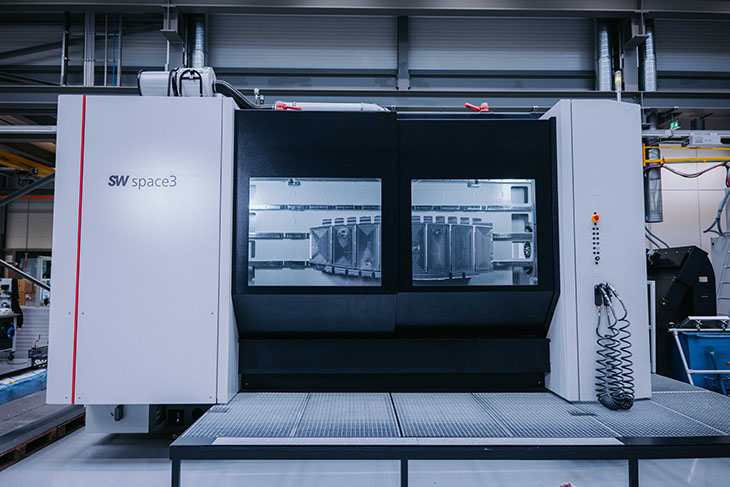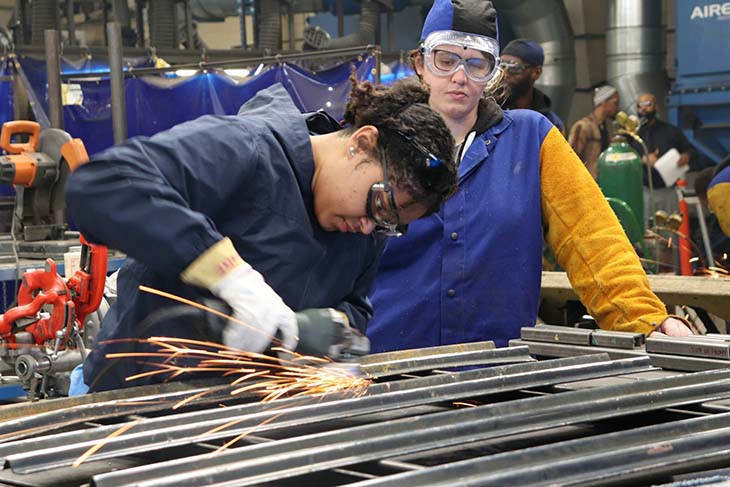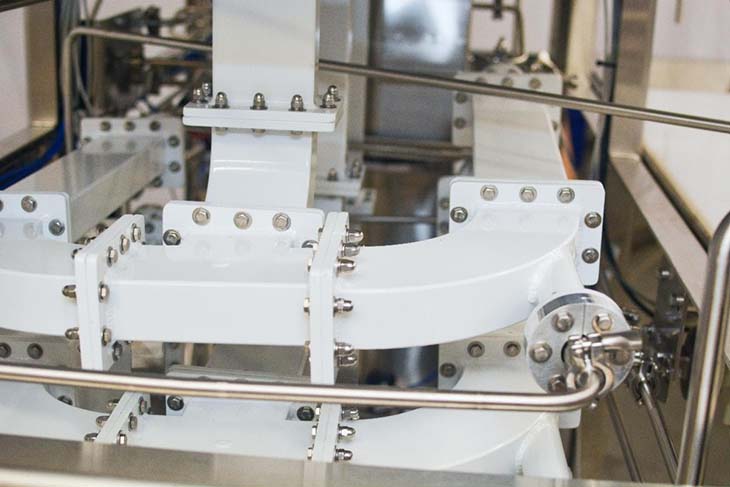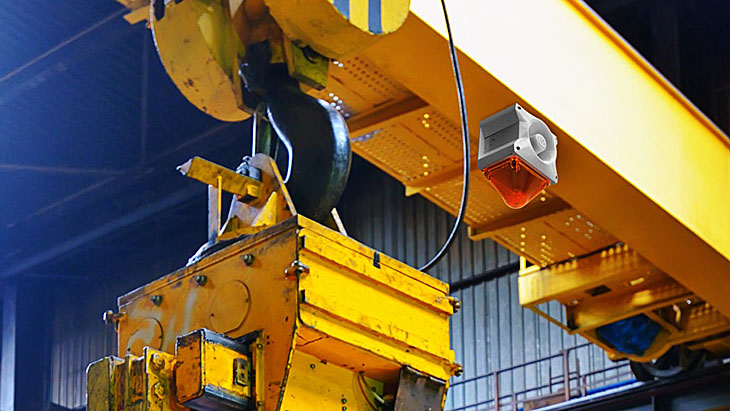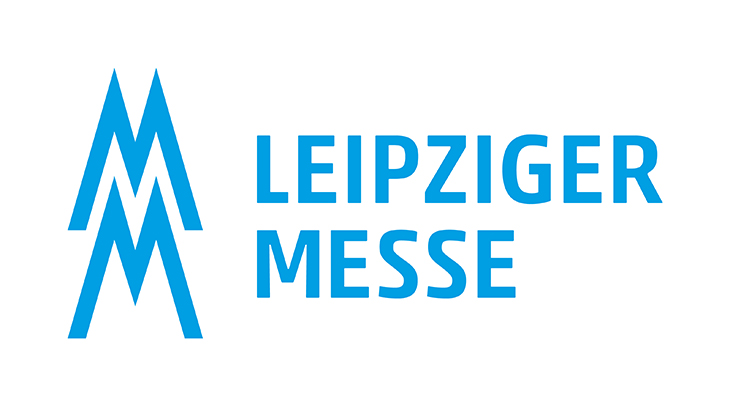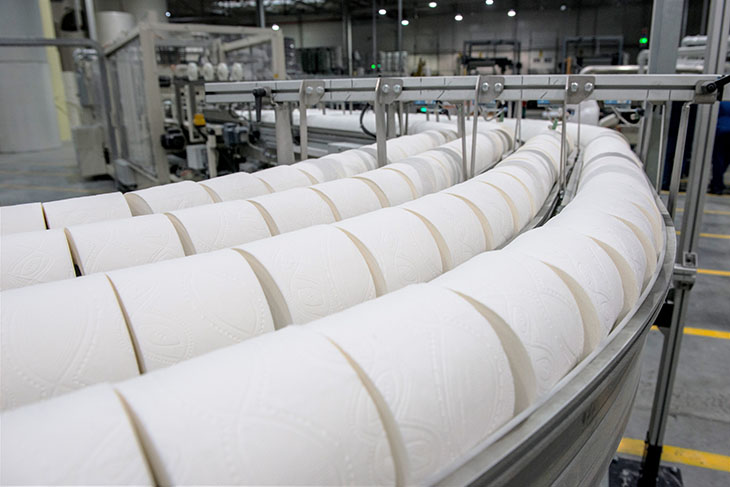Today’s producers face rising expenses and challenging competitors, so they must deploy manufacturing cost-management strategies to remain successful. However, it’s not always easy to know which ones to pursue. Here are some proven to work well, regardless of individual situations.
Prioritize Process Optimization
Costs can quickly increase when companies have error-prone, time-consuming or wasteful processes. Problematic workflows hinder overall output, making the company produce less than it could with better systems in place. Additionally, mistakes or items coming off assembly lines with defects will increase costs.
Process optimization is not a quick fix. However, it’s usually well worthwhile for those who commit to it. Consider a case study from an optical and opto-mechanical products manufacturer with an on-site quality inspection lab. The company had recently invested in a new coordinate-measuring machine, and executives decided to use a modular, fast-swap fixturing system with it. Many of the items the company produces must meet precise specifications, so checking that the dimensions are as expected is an essential part of the process.
The time required for initial setups or to load and unload the machines are the most critical aspects of a production run. It requires several measurements and detailed reports. However, this can be improved through manufacturing cost-management strategies. In this case, the company setup time would be at least an hour using traditional fixturing. However, that was cut down to only 15 minutes once it began using a modular fixturing solution.
Beyond the time savings associated with the setup, the company sped up its swap time by 2.5 minutes per load. In another example, a parts run of 150 components saved 300 minutes overall due to process improvements. People working in the inspection lab also said the new setup made it easier to spot defects. This example shows how well-chosen manufacturing cost-management strategies can benefit those who use them.
Explore Automation Opportunities
Many manufacturing cost-management strategies relate to trying to do more without putting undue strain on the workforce. Automated equipment is excellent for meeting that goal, especially when used for tasks that require repetitive motion. Think about all your production expenses, and consider which is best suited to automation.
People at a food processing plant took this approach when they examined ways to automate cold pasteurization, which extends shelf life and reduces contamination risks. Cold pasteurization is a post-packaging process that typically requires a significant amount of manual loading and unloading of products into baskets.
However, leaders of a cold-pressed juice company were interested in how automation could relieve workers of some of the strenuous parts of their jobs. While performing manual processes for cold pasteurization, numerous people suffered stress injuries due to the repetitive lifting and other motions their work required.
Some executives don’t immediately think of manufacturing cost-management strategies that concern their workers. However, that can be a problematic oversight. When people lose productive days at work due to injuries, business leaders may need to compensate by hiring more employees. That takes time, especially because new people need the training and confidence to keep pace with more experienced workers.
Fortunately, deploying automation made a remarkable difference at the pressed-juice plant. It eliminated 16,000 pounds of daily lifting per worker while halving waste and line labor. The company also achieved a 90% reduction in injuries while its overall equipment effectiveness rose by 15%.
Decision-makers should put time and energy into determining where the best automation potential exists in their manufacturing plants. Then, they can anticipate results like these that help them decrease costs while increasing their resilience in the marketplace.
Use Prototypes to Find Cost-Cutting Options
Manufacturers often find they can eliminate unnecessary expenses by making items in a different size, using an alternative material or trying other production-related tweaks. However, it’s not always easy to balance cost management and overall quality or effectiveness.
Prototypes allow producers to test various options before committing to large-scale manufacturing changes. They also enable people to verify whether specific decisions would have the desired effects in the real world. In the intense world of auto racing, Formula One designers prototype components. One of the goals is to ensure they can tolerate speeds topping hundreds of miles per hour by evaluating those parts in wind tunnels.
It’s easy to imagine how assumptions without thorough testing could become prohibitively expensive for manufacturers. A producer can also design a proof of concept by creating a prototype. That approach helps them find the best ways to create cost-effective, highly functional products people want.
Consider the case of a laptop screen that gets more than 2 inches bigger once people unroll it. That’s something wholly different than what’s currently on the market. Prototyping such innovations can highlight design flaws that might only become obvious once mass production begins.
Many manufacturers invest in digital twin technologies to improve their prototyping capabilities. A 2023 study of respondents in the aerospace and defense industries indicated digital twins enabled 71% of companies to experience cost savings.
Relatedly, three-quarters of those polled recognized the value digital twins can bring throughout the design process. Some of the benefits mentioned by study participants were reduced prototyping times and testing periods. One-third of survey participants believed digital twins supported engineering-related manufacturing needs in the short term, while 73% connected them to optimized production rates.
Which Manufacturing Cost-Management Strategies Will You Try?
These are some of the most popular and data-backed ways to minimize unnecessary costs that pose production challenges. Getting the best results with one or all of them requires paying attention to specific needs within the organization and getting to the root causes of known problems.
Taking feedback from workers is another essential element for success because they will experience daily challenges that executives don’t. Even though leaders examine how manufacturing costs stack up from month to month, line workers often have the most actionable insights about which processes must change and why. They can also explain which tasks are the hardest on their bodies or cause the most mental strain.
Treat cost-management improvements as works in progress. Some changes may not get the expected results, but that doesn’t mean there’s no value in trying them.











